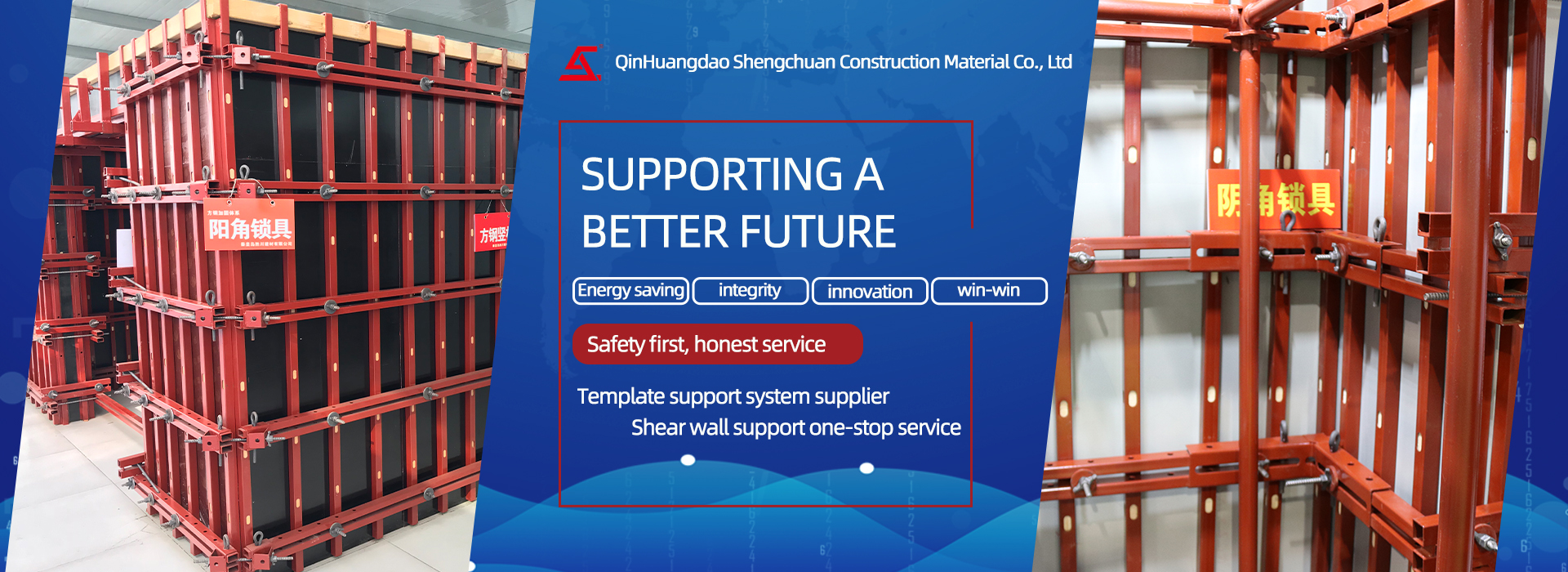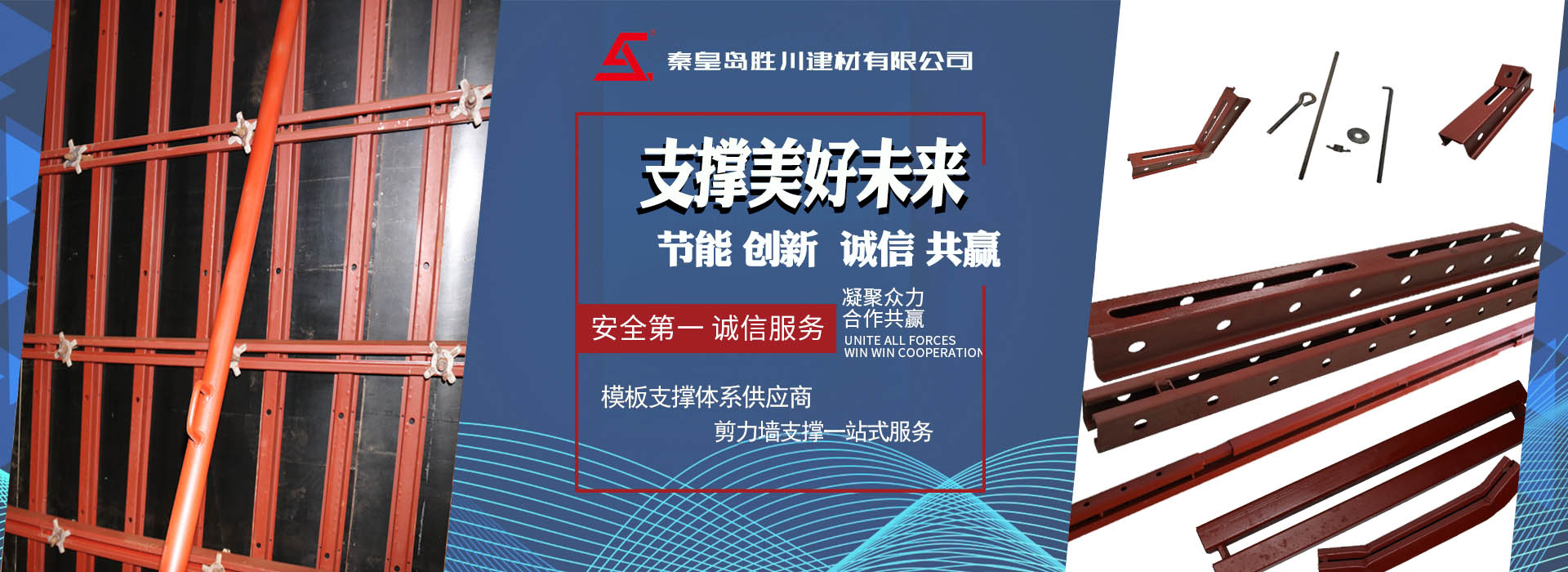
CAD drawings of architectural aluminum formwork
CAD drawing software is a visual drawing software, with many commands and operations available through menu options and tool buttons. It has rich drawing and drawing auxiliary functions. This software is powerful and easy to use, and has been applied in many industries, such as machinery, construction, household, textile, and so on at home and abroad.


The application in architecture is to draw images on a computer in advance before building a house, that is, electronic drawings, and print them out as construction drawings. The aluminum template is designed based on construction drawings, and the aluminum template CAD drawings are different from architectural drawings.
Aluminum formwork, also known as aluminum alloy formwork for concrete engineering, is a new generation of formwork system following plywood formwork, composite steel formwork system, steel framed wood (bamboo) plywood system, large formwork system, and early demolition formwork system. Aluminum alloy formwork is made of aluminum alloy profiles as the main material, and is suitable for concrete engineering through mechanical processing and welding processes. It is composed of panels, ribs, main body profiles, plane templates, corner templates, and early removal devices. The design and construction application of aluminum alloy formwork is an innovation in concrete engineering formwork technology, a promotion of prefabricated concrete technology, and a manifestation of the industrialization of construction technology.
Advantages of aluminum molds:
Good strength and stability: The aluminum alloy template components made of standard extruded profiles have strength, stiffness, and stability.
Less splicing joints and high accuracy: After formwork removal, it can meet the standards for finishing and fair faced concrete, and no other processes are required.
Short cycle and high efficiency: aluminum alloy template assembly is convenient, manual assembly, rapid turnover, improving construction progress, and saving management costs.
Multiple recycling: The aluminum alloy profile formed by overall extrusion is used as the raw material, and the template can be turned over for more than 300 times.
Low comprehensive cost: Multiple similar buildings with significantly lower comprehensive cost.
Wider application range: aluminum alloy formwork can be used for high-rise buildings, residential buildings, pipe galleries, etc.
Environmental protection at the construction site: Components and fittings can be reused, and after construction and formwork removal, the environment is safe, clean, and tidy.
High recycling rate: aluminum molds are recycled after being scrapped, with low average cost, and are green building materials.




 Jgw Anbei No. 13032202000134
Jgw Anbei No. 13032202000134


